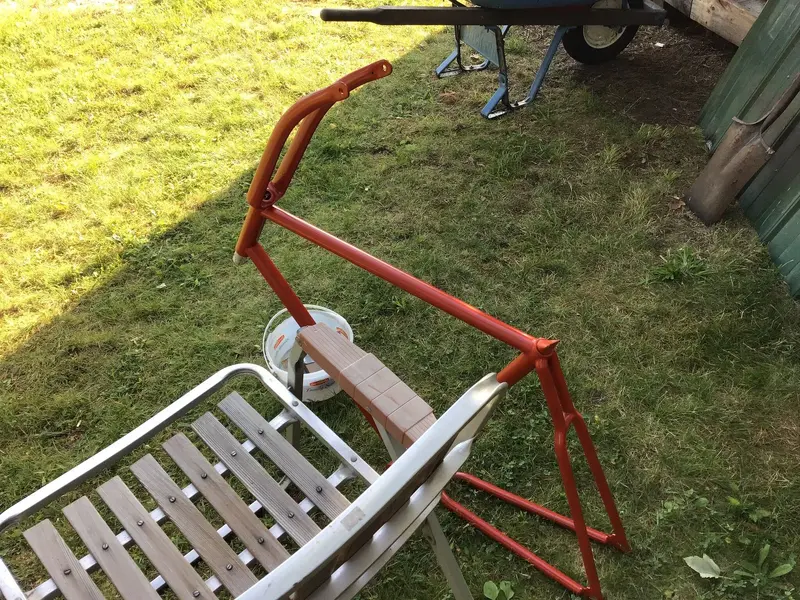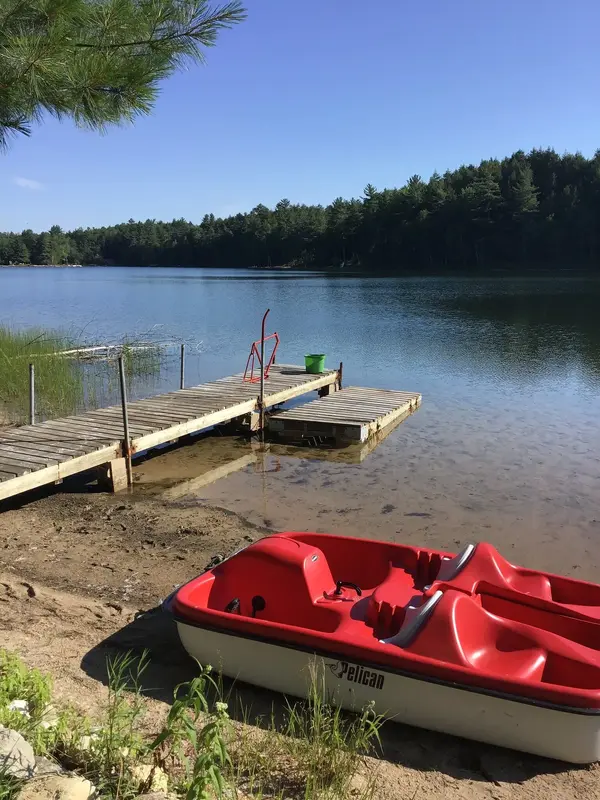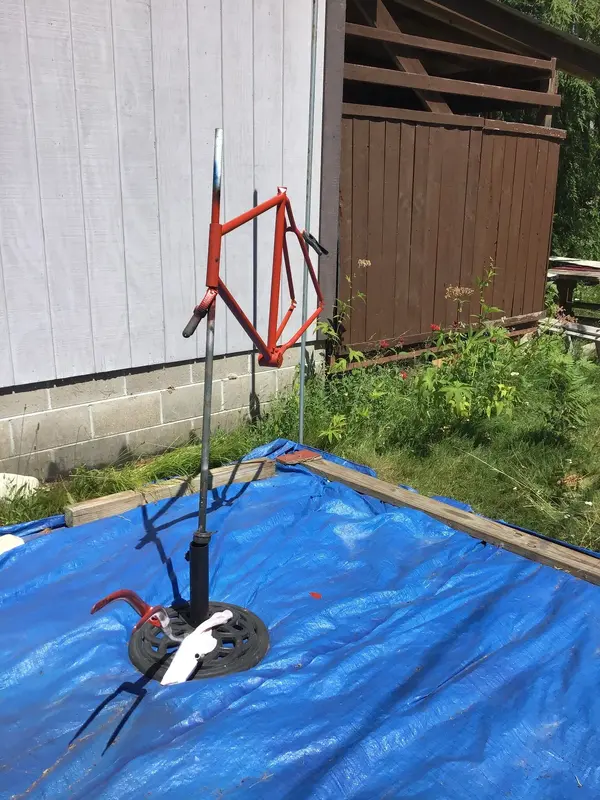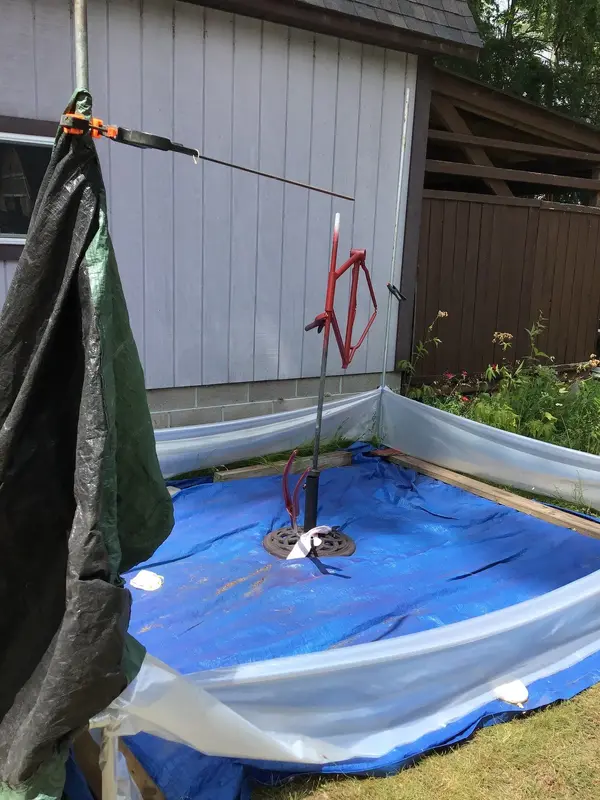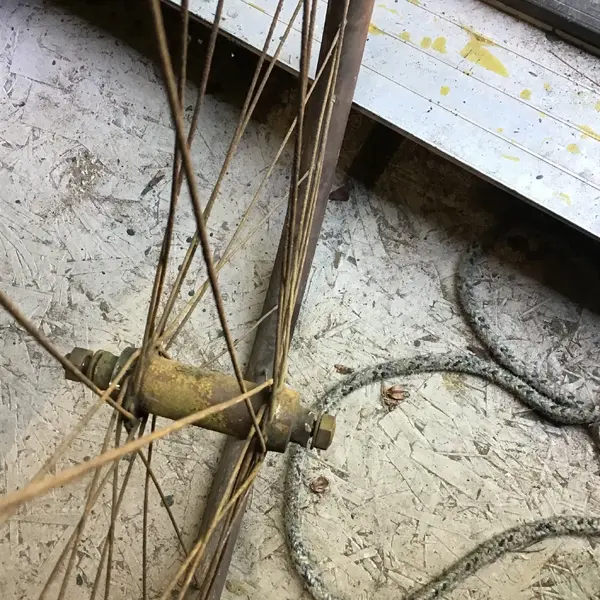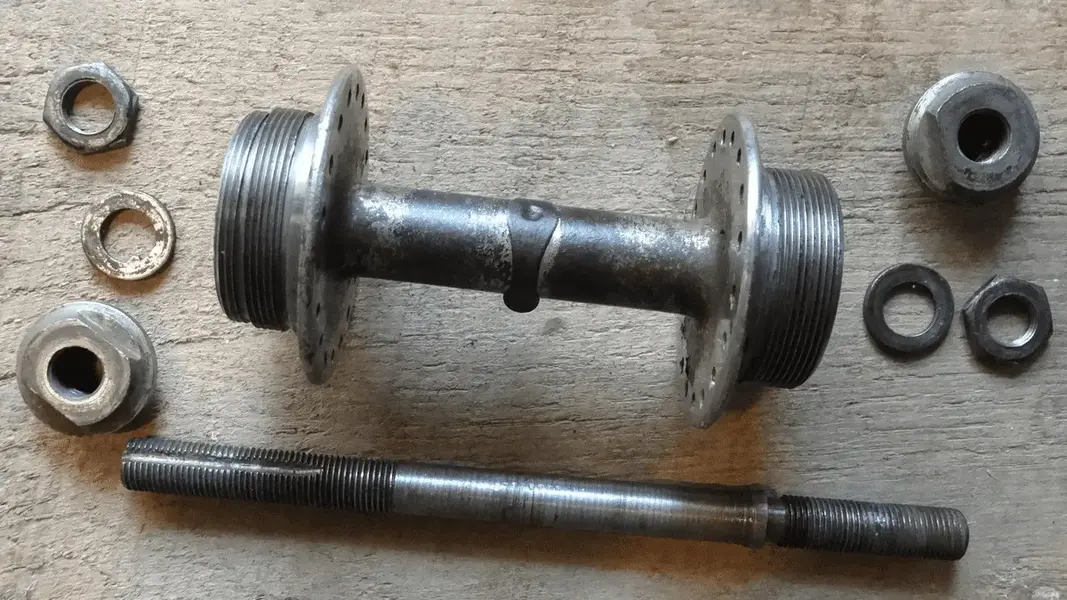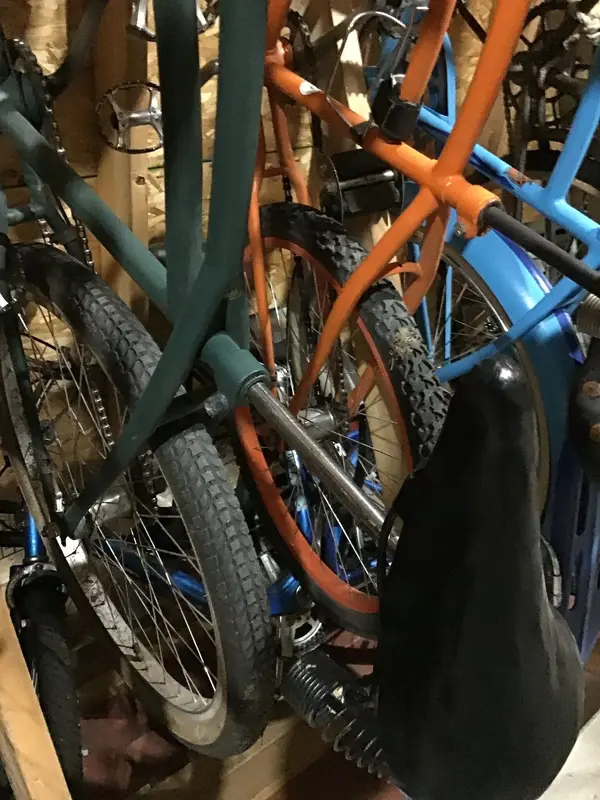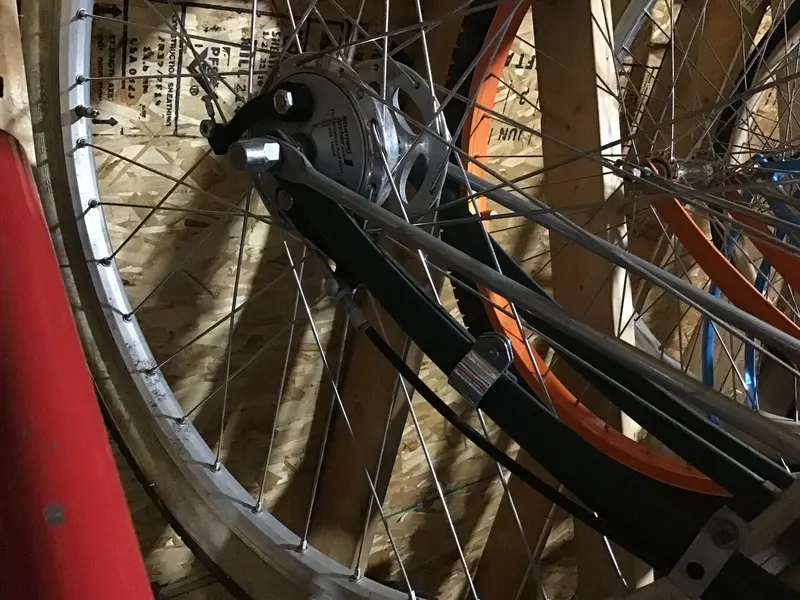Think we can safely say there would be enough motives to make the axle as short as possible, a non-destructive / non-damaging method, not necessarily quick, not necessarily without tools either.
Thinking about this more, it makes sense the off-centre axle to initially install it and keep the cones in place, but doesn't make sense for all the grunting. Can't see another way other than to make the short side really short initially (1 - 2mm) like you say and simply go with the pain of adjusting with the wheel in the forks.
What I can see is something on the long side to then help thread the rest of the axle in and centre it - a simple groove cut in the axle end for a wide flat blade screw driver would help considerably.
It's a funny one this is - shows how we have been conditioned to an easy life of puncture repair.
Thinking about this more, it makes sense the off-centre axle to initially install it and keep the cones in place, but doesn't make sense for all the grunting. Can't see another way other than to make the short side really short initially (1 - 2mm) like you say and simply go with the pain of adjusting with the wheel in the forks.
What I can see is something on the long side to then help thread the rest of the axle in and centre it - a simple groove cut in the axle end for a wide flat blade screw driver would help considerably.
It's a funny one this is - shows how we have been conditioned to an easy life of puncture repair.
